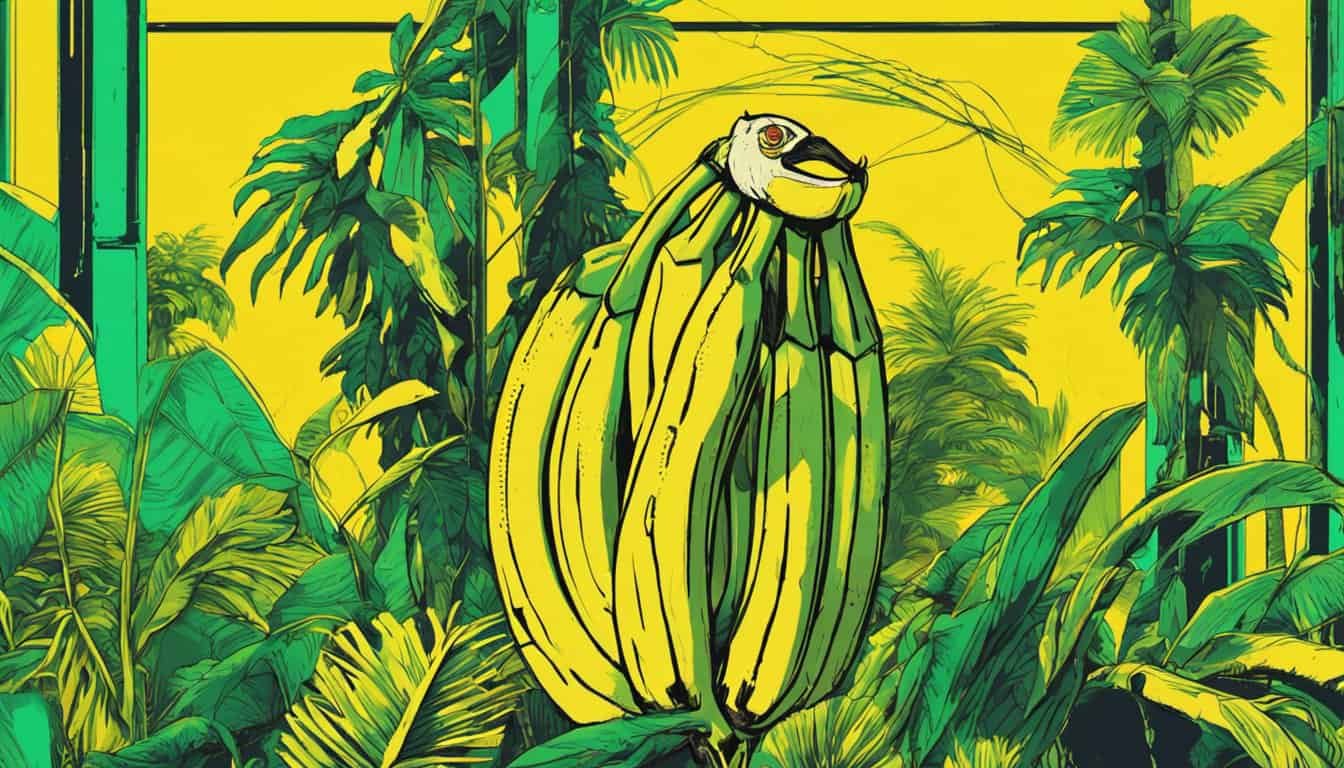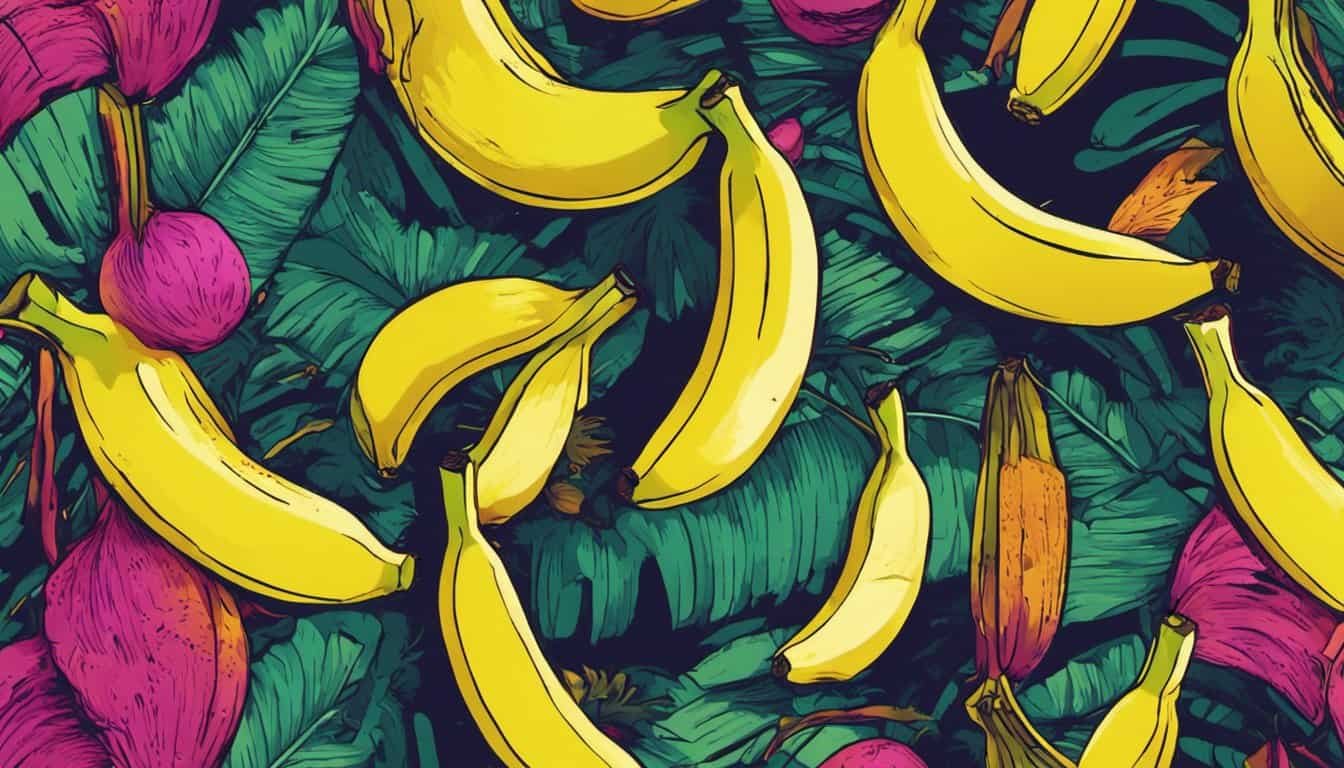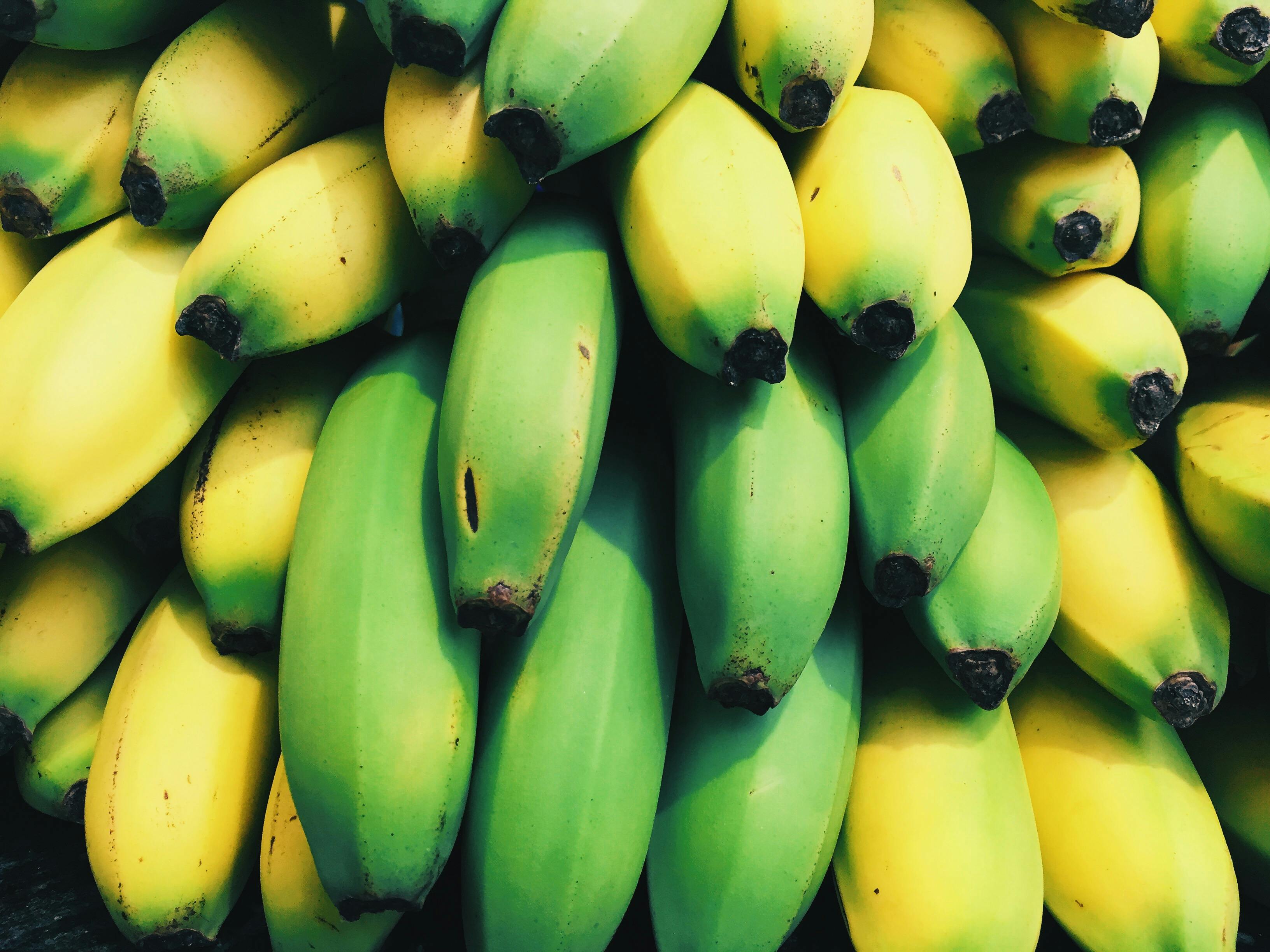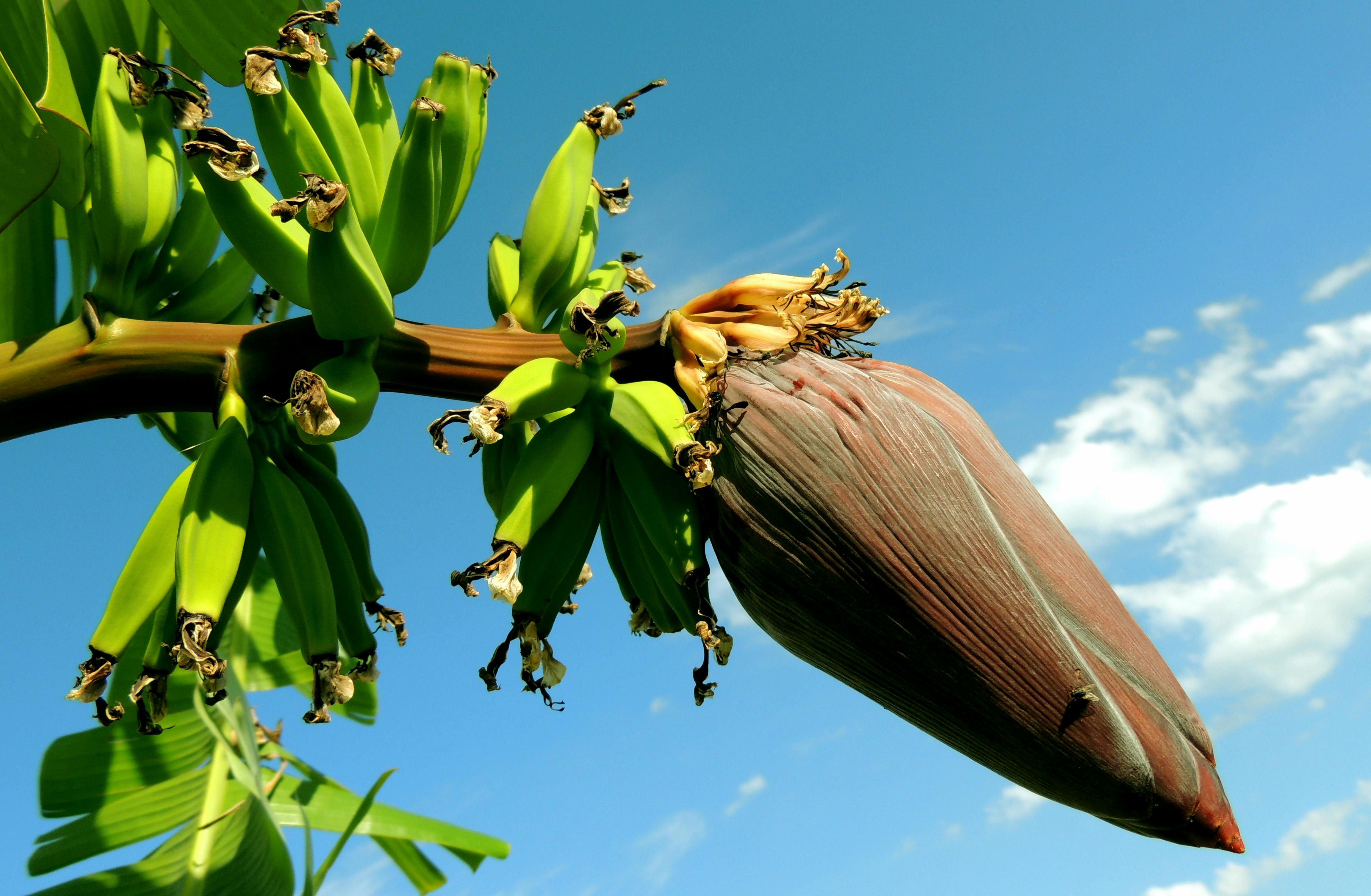Key Takeaways
- Historical Progression: Banana cultivation has evolved from ancient hand-pollination and intercropping methods to advanced modern techniques, enhancing consistency and productivity.
- Mechanization and Biotechnology: The introduction of mechanized harvesting and genetically modified bananas has significantly increased yields and disease resistance, particularly against threats like Fusarium wilt.
- Sustainable Practices: Adoption of organic farming and integrated pest management practices has promoted environmental health and reduced reliance on chemical pesticides.
- Climate Change Adaptation: Innovative technologies, including precision agriculture and advanced irrigation systems, are mitigating the impacts of climate change on banana production.
- Future Trends: Emerging trends such as vertical farming, automation, and robotics are set to optimize space usage, lower labor costs, and ensure year-round banana cultivation.
- Enhanced Efficiency: Continuous advancements in cultivation technology are making banana farming more efficient, resilient, and sustainable, securing its role as a global dietary staple.

Bananas have been a staple in diets around the world for centuries. Watching how we’ve grown these yellow delights from simple hand-pollinated plants to the sophisticated plantations we see today is fascinating. I’m excited to explore how banana cultivation techniques have changed over time.
From traditional farming methods to the latest agricultural innovations, each step in this evolution has aimed to increase yield, improve sustainability, and resist diseases. It’s incredible to see how technology and knowledge have transformed banana farming, making it more efficient and environmentally friendly. Let’s dive into the journey of banana cultivation and discover the techniques that have shaped the way we enjoy this beloved fruit.
Historical Overview
Banana cultivation has a rich history that spans thousands of years. Understanding its evolution provides insight into modern farming practices and the global banana industry.
Early Banana Cultivation

Bananas were first domesticated in Southeast Asia around 7,000 years ago. Early farmers selected varieties with desirable traits such as seedlessness and larger fruit size. These initial cultivation efforts laid the foundation for banana propagation through vegetative methods, ensuring consistency in crop quality.
Traditional Techniques
Traditional banana farming relied on hand-pollination and manual planting. Farmers practiced intercropping, growing bananas alongside other crops to enhance soil fertility and reduce pests. Composting organic matter and using natural pest repellents were common practices that promoted sustainable growth and healthy banana plants.
Modern Cultivation Methods
Advancements in technology have transformed banana farming, enhancing efficiency and sustainability. These modern techniques address challenges like disease management and yield optimization.
Mechanization in Banana Farming
Mechanization increases productivity by automating labor-intensive tasks. Harvesting machines reduce manual labor by 50%, enabling faster fruit collection. Irrigation systems ensure consistent water supply, improving plant health. Additionally, tractors equipped with specialized attachments streamline soil preparation and planting processes.
Use of Biotechnology
Biotechnology enhances banana resilience and yield. Genetically modified varieties resist Fusarium wilt, a devastating disease affecting 10 million hectares globally. Tissue culture techniques produce disease-free planting material, ensuring uniform crop quality. Moreover, biopesticides derived from natural sources minimize chemical usage, promoting environmentally friendly farming practices.
Sustainable Practices
Sustainable practices in banana cultivation ensure long-term productivity and environmental health. I focus on methods that support both the ecosystem and effective farming.
Organic Banana Farming
Organic banana farming emphasizes natural growth without synthetic chemicals. I use organic compost to enrich soil fertility and implement crop rotation to maintain nutrient balance. If pests appear, I rely on natural repellents like neem oil and introduce beneficial insects such as ladybugs to manage infestations effectively.
Integrated Pest Management
Integrated Pest Management (IPM) combines strategies to minimize pest impact. I monitor banana plantations regularly to detect early signs of pests and diseases. If issues arise, I apply biological controls and cultural practices, using selective pesticides only when necessary. This approach reduces chemical usage by 40%, promoting a healthier environment and stronger banana plants.
Challenges and Innovations
Banana cultivation faces significant challenges, but innovative solutions are enhancing sustainability and productivity.
Climate Change Impact
Rising temperatures disrupt banana growth cycles, reducing yields by up to 20% in some regions. Altered rainfall patterns lead to water scarcity, affecting irrigation practices. Increased frequency of extreme weather events damages plantations, while elevated humidity levels foster the spread of pests and diseases like Fusarium wilt.
Advances in Cultivation Technology

Modern technology boosts banana farming efficiency and resilience. Precision agriculture uses sensors and data analytics to optimize resource use, improving water management by 30%. Genetically modified bananas resist diseases, enhancing crop stability. Automated harvesting machines reduce labor costs by 50%, and advanced irrigation systems ensure consistent water supply. Additionally, biopesticides derived from natural sources minimize chemical usage, promoting environmentally friendly practices.
Future Trends in Banana Cultivation
Embracing precision agriculture transforms banana farming by integrating sensors and drones to monitor crop health. This technology enhances resource efficiency, cutting water usage by 25% and boosting yields by 20%.
| Trend | Impact |
|---|---|
| Precision Agriculture | Reduces water use by 25%, increases yields by 20% |
| Genetic Engineering | Develops disease-resistant, higher-quality varieties |
| Vertical Farming | Maximizes space, ensures year-round production |
| Automation and Robotics | Lowers labor costs, speeds up harvesting and processing |
| Sustainable Practices | Promotes organic farming and integrated pest management |
Genetic engineering focuses on creating banana varieties that resist diseases like Fusarium wilt and enhance fruit quality. These innovations ensure healthier crops and more nutritious bananas for consumers.
Vertical farming offers a solution to land limitations by growing bananas in stacked layers within controlled environments. This method minimizes land use and protects plants from extreme weather, ensuring a stable banana supply.
Automation and robotics streamline harvesting and processing. Automated harvesters reduce labor expenses by 40%, while robotic systems in processing facilities speed up production and maintain high quality.
Sustainable practices continue to evolve, emphasizing organic farming and integrated pest management (IPM). Organic methods eliminate synthetic chemicals, improving soil health. IPM combines biological controls with minimal pesticide use, fostering a balanced ecosystem.

« Banana Wars: Conflicts Over Banana Trade in the 20th Century – The Battle for Global Dominance
Famous Banana Plantations Throughout History: Secrets Behind Iconic Farms »
These future trends promise a more efficient, resilient, and sustainable banana cultivation landscape, ensuring bananas remain a beloved staple worldwide.
Conclusion
Watching banana cultivation transform over centuries has been truly inspiring. It’s amazing to see how far we’ve come from traditional methods to cutting-edge technologies that ensure sustainable and efficient farming.
I’m excited about the future of banana farming and the innovations on the horizon. These advancements not only promise better yields but also a healthier planet.
As we continue to refine these techniques, I’m confident that bananas will remain a vital and beloved part of our global diet for generations to come.
Frequently Asked Questions
What is the significance of banana cultivation worldwide?
Banana cultivation is crucial as bananas are a dietary staple for millions globally. They provide essential nutrients, support livelihoods for farmers, and contribute significantly to the global economy. Their widespread consumption and versatility make bananas an important crop in both developing and developed countries.
How has banana farming evolved over time?
Banana farming has transitioned from traditional hand-pollinated methods to modern agricultural practices. Innovations include mechanization, biotechnology, and precision agriculture, which have increased yields, improved sustainability, and enhanced disease resistance, making banana cultivation more efficient and environmentally friendly.
What are some traditional banana farming techniques?
Traditional techniques include intercropping with other plants to enhance soil fertility, using organic compost, and natural pest repellents. These practices promote sustainable growth, maintain healthy banana plants, and reduce reliance on chemical fertilizers and pesticides.
How does biotechnology benefit banana cultivation?
Biotechnology improves banana resilience and yield by developing genetically modified varieties that resist diseases like Fusarium wilt. Tissue culture techniques also produce disease-free planting material, ensuring consistent crop quality and reducing the spread of plant pathogens.
What role does mechanization play in modern banana farming?
Mechanization increases productivity by automating labor-intensive tasks. Harvesting machines can reduce manual labor by up to 50%, while advanced irrigation systems ensure a consistent water supply. These technologies enhance efficiency and allow farmers to manage larger plantations more effectively.
How are sustainable practices implemented in banana farming?

Sustainable practices include organic farming, which avoids synthetic chemicals, and Integrated Pest Management (IPM), which uses biological controls and selective pesticide use. These methods maintain soil fertility, reduce environmental impact, and promote healthier banana plants.
What challenges does banana cultivation face due to climate change?
Climate change disrupts growth cycles, reduces yields by up to 20%, and leads to water scarcity and extreme weather events. Higher humidity levels also facilitate the spread of pests and diseases, posing significant threats to banana plantations worldwide.
What innovative solutions are being used to address climate change in banana farming?
Solutions include precision agriculture, which optimizes resource use and improves water management by 30%, genetically modified bananas for better crop stability, advanced irrigation systems, and the use of biopesticides to promote environmentally friendly practices.
What are the future trends in banana cultivation?
Future trends include precision agriculture with sensors and drones, genetic engineering for disease-resistant varieties, vertical farming to maximize space, automation and robotics to reduce labor costs, and the continued evolution of sustainable practices like organic farming and IPM.
How does vertical farming benefit banana production?
Vertical farming maximizes space utilization and allows for year-round banana production. This method ensures consistent yields, reduces the need for large land areas, and can be integrated with automated systems, making banana cultivation more efficient and scalable.















